The Story of HMS Scylla
HMS Scylla
HMS Scylla, launched in August 1968, was the last naval warship ever to be built at Devonport Royal Dockyard in Plymouth. She enjoyed 25 years of service in the Royal Navy, during which time she was involved in the Cod Wars with Iceland, Hurricane relief operations in Caymen Brac, and extensive tours of Australia and the South Pacific. In 1993 she was decommissioned by the Royal Navy and placed in dry dock in Portsmouth awaiting a decision on her future use.
The Artificial Reef Consortium (ARC)
Familiar with the variety of wrecks in UK waters, a group of divers were inspired by diving on artificial reefs overseas. Having identified a suitable vessel in the decommissioned HMS Scylla, the consortium put together plans to create a reef on the seabed near Plymouth – the first of its kind in Europe.
A case was made to the South West of England Regional Development Agency for funding and it has been estimated that since placement Scylla Reef has attracted over 30,000 divers and contributed in the region of £5m to the local economy.
Why Sink a Ship?
Britain’s coasts boast more wrecks than any other country in the World.
When a ship settles on the seabed, it provides a new home for marine life. These artificial reefs provide a solid base for marine animals and plants to thrive and, in turn, attract a variety of fish looking to feed or find shelter.
However, wrecks are often found in inaccessible, inhospitable waters, resting too deep for many divers.
The Scylla Project intended to create a brand new reef in relatively shallow water close to Plymouth.
By planning a “shipwreck”, it would be possible to prepare the vessel by removing harmful materials to protect the environment.
The preparations prior to placement would also allow local scientists to create a unique “underwater laboratory” for carrying out long-term studies on colonisation and the effects of artificial structures upon the environment.
Scylla Reef now provides a place of work for some and leisure for others. It also provides a home for millions of marine animals, increasing local biodiversity against a backdrop of habitat destruction and environmental degradation.
Making it Happen
After a series of negotiations, and with the support of the RDA, the National Marine Aquarium took on the project to create an artificial reef and purchased HMS Scylla for £200,000 in November 2003.
The Aquarium team then began a five month project, working with ARC and a Canadian team with expertise in preparing and placing artificial reefs, to convert the vessel into a reef for the future.
The licence to place the ship on the seabed was granted by the Department for Environment, Fisheries and Rural Affairs, DEFRA, on the condition that the ship was made environmentally safe.
The clean-up process involved the following:
Salvage and recycling of metals.
Cleaning of tanks.
Removal of copper pipework and wiring.
Removal of hazardous materials including batteries, antifreeze, radioactive materials and refrigerants.
Removal of the Masts and sonar domes to allow the ship to be placed in shallow water while still allowing boats to pass over.
Finally, a total of 58 diver access holes were cut and warning plates were placed around the vessel.
The access holes were re-sealed and charged with explosives to allow the ship to be towed into position and, at 3pm on 27th March 2004, the explosives were detonated to allow water into the hull and the ship slowly sunk out of view to start its life as a reef.
Since placement the reef has established itself as a centre for scientific research, a habitat increasingly rich in marine life and a unique destination for recreational divers.
Scientific studies on the colonization of the reef indicate that the reef has now settled into an established community with over 250 species of marine life recorded. The reef now offers a unique opportunity for recreational divers, with appropriate levels of skill and training, to experience a reef community in the UK.

